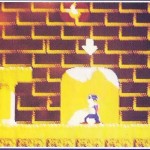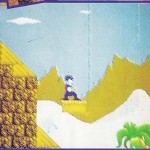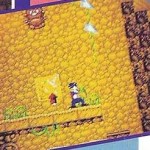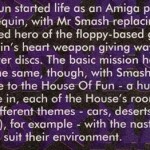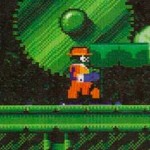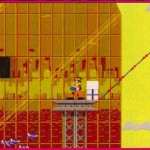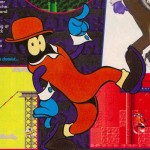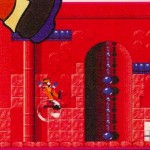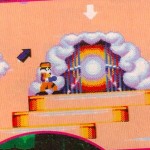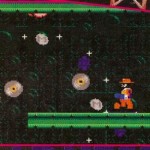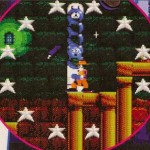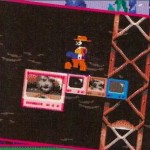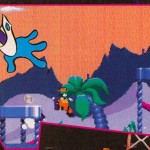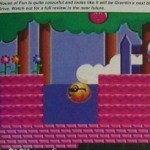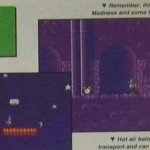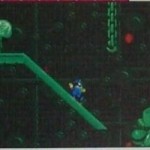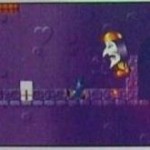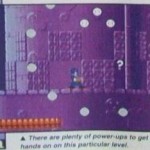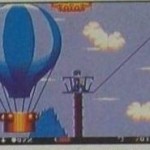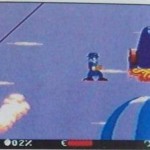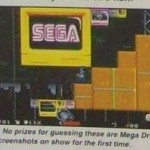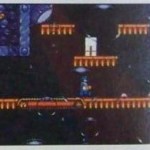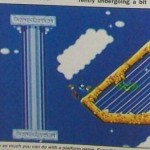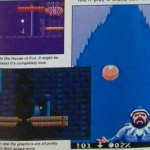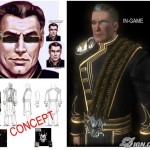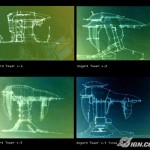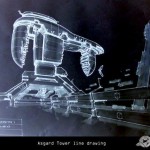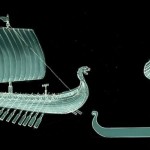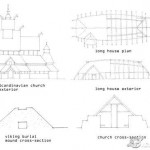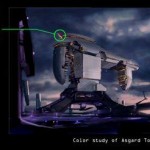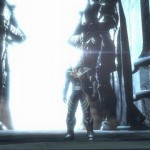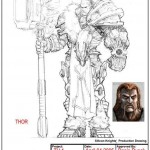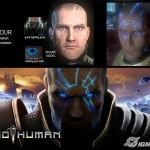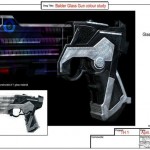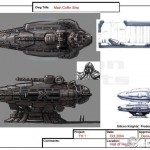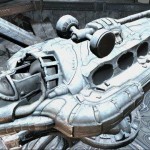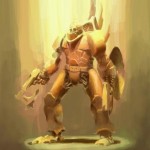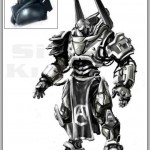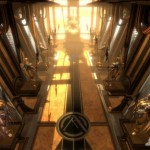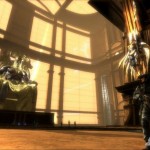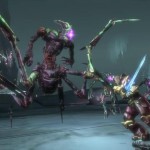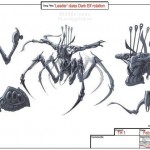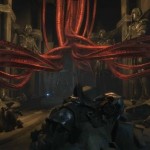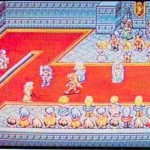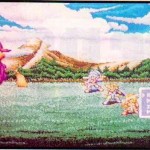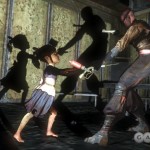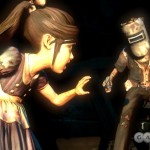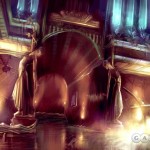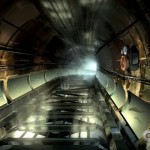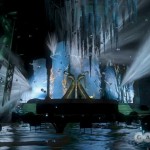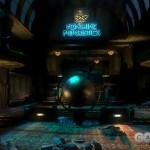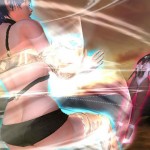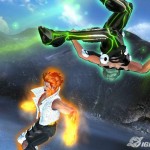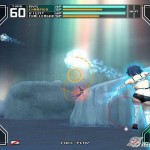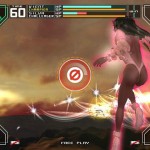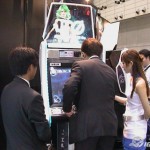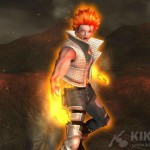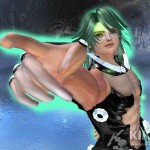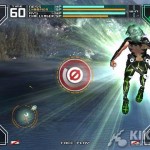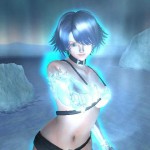Too Human is an Action RPG developed by Silicon Knights and published in 2008 by Microsoft Game Studios for the Xbox 360. The project is of particular interest to prototype video game enthusiasts. Development lasted more than a decade, and it was planned for three different consoles (Playstation, GameCube and Xbox 360). Silicon Knights promised a game of a grand scope and daring design. It was to be a game that changed genre depending on how the player would customize his character.
On the PlayStation, it was estimated to be 80 hours long and spanned four discs. IGN stated the following as the original story and game play:
Far into the future, when earth has become a mega-civilization of androids, robots, cyborgs and Big Brother companies, players take on the role of cop whose partner was killed by a cyborg. Angered by this death and moved to seek vengeance, the main character will take a job as a security operative in this monolithic chip corporation to find out just what happened.
In this futuristic world, people are part human, part machine, and your character’s limbs, neck, head, and just about everything else except his organs can be replaced by chips and machinery. The player will have the option of enhancing his body with cybernetic enhancements at the start of missions, and will be able to customize the character in line with the way they choose to play the game
For example, a player who prefers the Metal Gear Solid approach may wish to enhance leg strength to be able to move more quickly and stealthily through the game, whereas another player might wish to increase arm and torso strength to be able to carry more deadly implements of destruction. The choices made by the player will have a direct bearing on the gameplay in this manner.
Ancient legends did not have an impact on this version of the game. Briefly mentioned was that Japanese history was used in a small amount, but not for the whole game. The first name they gave the protagonist was John Franks, his name on the final is Baldur.
Multiple endings were planned but axed. Although the basic premise of the game did not change, the game was overhauled when it jumped on the Xbox 360. The final game uses Norse mythology as reference material. You take control of Baldur, one of the cybernetics enhanced soldiers revered as gods. For ages man has been in a war with bloodthirsty machines. To make matters worse, the god Loki has betrayed those he once served.
The Too Human that one can go to a store and buy is a strict action RPG that has a loot drop system. Four distinct classes are available and a “skill tree” gives astonishing customization options. The player may only change body armor and weapons but not body parts.
Even after arriving on the Xbox 360, certain features were altered. Dyack claimed that the game was too big and had to be split into a trilogy. It’s possible that the 2nd and 3rd Too Human chapters could never see the light of the day, as the first game received low scores and did not sell many copies. In earlier Xbox 360 builds the game had strict control of the camera. Although IGN boasted the game did a great job with the camera views, camera control was ultimately relinquished to the player. Silicon Knights had attempted to omit a HUD from the game.
Four player cooperation was slated for the game as well, but only two players may play together in the final.
In the gallery below we can notice many beta screens, with scenes that were not in the final game or changed before the final version (as the Thor design). There is even a different loading screen. If you can notice more specific differences, please let us know!
For more info on the development of the game and its original unseen concepts, check our article: Too Human, the game that will never be. Also, take a look at our archive for images and videos for Too Human on the Playstation and Too Human on the GameCube!
Images:

